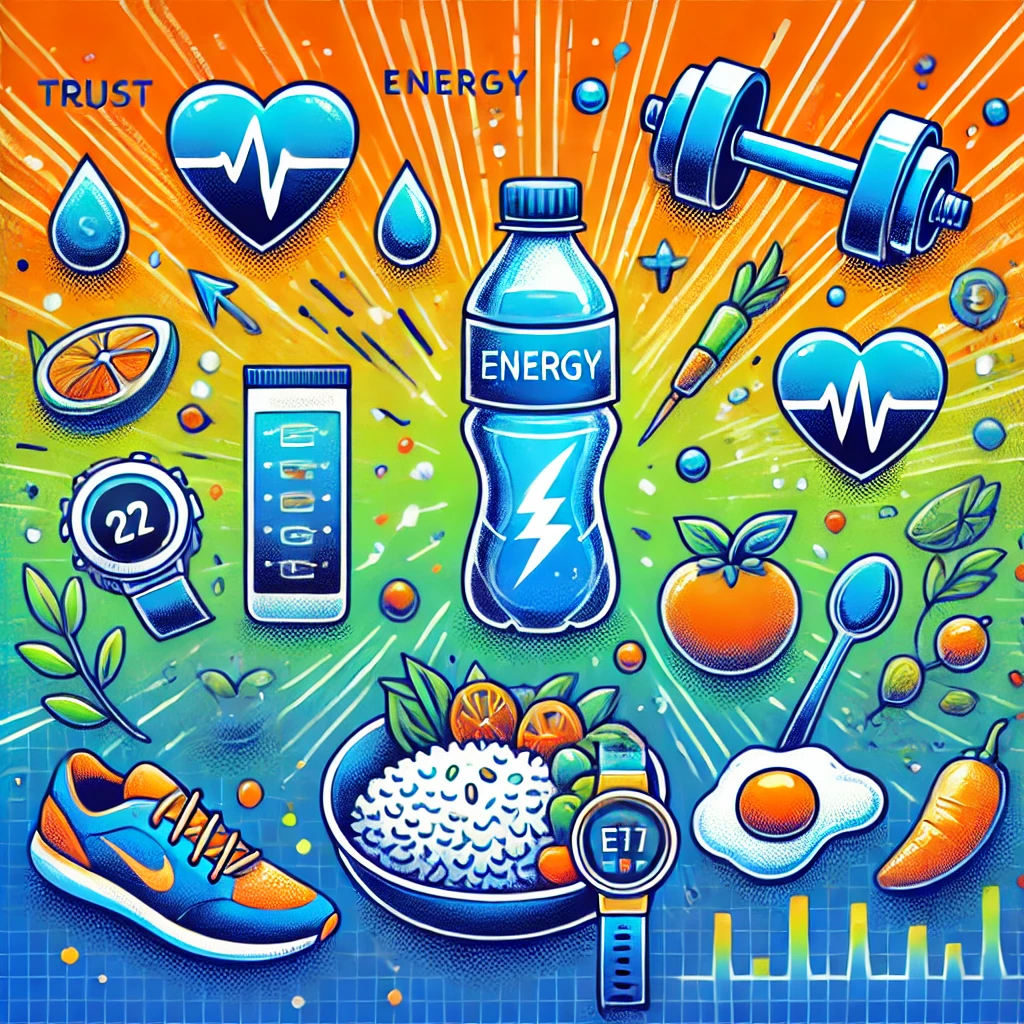Introduction
Ever wondered why some days you crush your workout, while others leave you feeling drained and sluggish? The secret might just be on your plate. Which can be illuminated to anyone through a proper Workout Nutrition Guide.
What you eat—and when you eat it—can make or break your performance, whether you’re hitting the gym, running a marathon, or just going for a brisk walk.
In this workout nutrition guide, we’ll dive into the science of exercise nutrition, breaking down how to fuel your body for different types of workouts.
From eating before and after workouts to understanding how to fuel for exercise, you’ll learn how to optimize your energy, avoid common mistakes, and recover like a pro.
Plus, we’ll explore the role of carbs, fats, and even metabolic flexibility and exercise in helping you perform at your best. Ready to transform your workouts and feel amazing? Let’s get started!
Related Read: Pea Protein vs. Whey Protein: Which Is Better for Your Health and Fitness Goals?
1. Carbs for Energy During Workouts
Carbs are your body’s go-to source of energy, but how they’re stored and used depends on the type of exercise you’re doing.
- What Are Carbs?
Carbs come in two forms: starches (like bread, pasta, rice, and potatoes) and sugars (found in fruits, desserts, and juices). When you eat carbs, they break down into glucose, which enters your bloodstream and fuels your muscles. - How Your Body Stores Glucose:
- Liver: Stores about 100g of glucose as glycogen—enough for half a day’s energy.
- Muscles: Store about 400g of glucose as glycogen, which is used for movement during exercise.
- Fat Cells: When your liver and muscles are full, excess glucose is stored as fat.
- Energy Use During Exercise:
- Low-Intensity Exercise (e.g., walking, hiking): Burns mostly fat for fuel.
- High-Intensity Exercise (e.g., sprinting, HIIT): Burns glucose because it’s faster to convert into energy.
2. Measuring Exercise Intensity
Understanding how hard you’re working is key to knowing what to eat and when.
- VO2 Max and Heart Rate:
- VO2 Max measures how efficiently your body uses oxygen to burn fuel. A higher VO2 Max means better fitness.
- Heart Rate: A simpler way to gauge intensity.
- Calculate your max heart rate: 220 – your age.
- Example: If you’re 40, your max heart rate is 180.
- Use percentages of your max heart rate to determine intensity:
- 50%: Light activity (e.g., walking).
- 85%: High-intensity activity (e.g., sprinting).
3. Fueling for Different Exercise Intensities
Your body’s fuel needs change depending on the intensity of your workout.
- Low-Intensity Exercise (50% Max Heart Rate):
- Examples: Hiking, easy cycling, walking.
- Fuel Source: Mostly fat (60%) and some glucose.
- No need to eat during exercise—your body has plenty of fat reserves to keep you going.
- High-Intensity Exercise (85% Max Heart Rate):
- Examples: Sprinting, HIIT, cycling at a vigorous pace.
- Fuel Source: Mostly glucose (from glycogen and bloodstream).
- Glycogen depletes quickly (150g/hour at 85% intensity).
- What to Eat During High-Intensity Exercise:
- For workouts <2 hours: No need to eat, but swishing a glucose solution in your mouth can boost performance by 3-7%.
- For workouts >2 hours: Consume carbs (glucose + fructose) to replenish glycogen. Aim for 60g glucose + 30g fructose per hour.
4. Metabolic Flexibility
Metabolic flexibility and exercise go hand in hand. This is your body’s ability to switch between burning glucose and fat for fuel.
- Why It Matters:
- Poor metabolic flexibility can lead to constant hunger, fatigue, and difficulty exercising for long periods.
- Being metabolically flexible helps you burn fat efficiently and maintain steady energy levels.
- How to Improve It:
- Reduce glucose spikes by eating balanced meals (e.g., veggies first, then carbs and protein).
- Move after eating to help your muscles use glucose for fuel.
5. Post-Workout Nutrition Tips
What you eat after a workout is just as important as what you eat before and during.
- Refueling Glycogen Reserves:
- Eat carbs (rice, pasta, potatoes) with protein and veggies to avoid glucose spikes.
- Avoid sugary snacks; opt for balanced meals.
- Veggie Starters:
- Eating veggies before carbs slows glucose absorption, preventing spikes and crashes.
- Example: Start with a salad or steamed veggies before your main meal.
6. Special Considerations for Athletes
If you’re an athlete or train intensely, your nutrition needs are slightly different.
- Pre-Workout:
- Ensure glycogen reserves are full by eating carbs the night before.
- Have a carb-rich breakfast (e.g., starches and fruits) before long or intense workouts.
- During Long Workouts:
- Use glucose + fructose mixtures (e.g., gels, drinks) to maintain energy.
- Aim for 60g glucose + 30g fructose per hour during prolonged exercise.
- Post-Workout:
- Replenish with balanced meals (carbs + protein + veggies).
- Avoid sugary snacks; focus on whole, nutrient-dense foods.
Conclusion
Fueling your body correctly can transform your workouts, whether you’re a casual gym-goer or a competitive athlete. By understanding how your body uses carbs, fats, and glucose, you can optimize your energy, avoid common mistakes, and recover like a pro. Remember, it’s not just about what you eat—it’s about when and how you eat it. So, next time you lace up your sneakers, make sure your plate is ready to power your performance!
With this workout nutrition guide, you’re equipped to fuel smarter, perform better, and recover faster. Ready to take your fitness to the next level? Let’s get moving!
Read More: Processed Foods and Your Health: Risks, Additives, and Policy Actions

